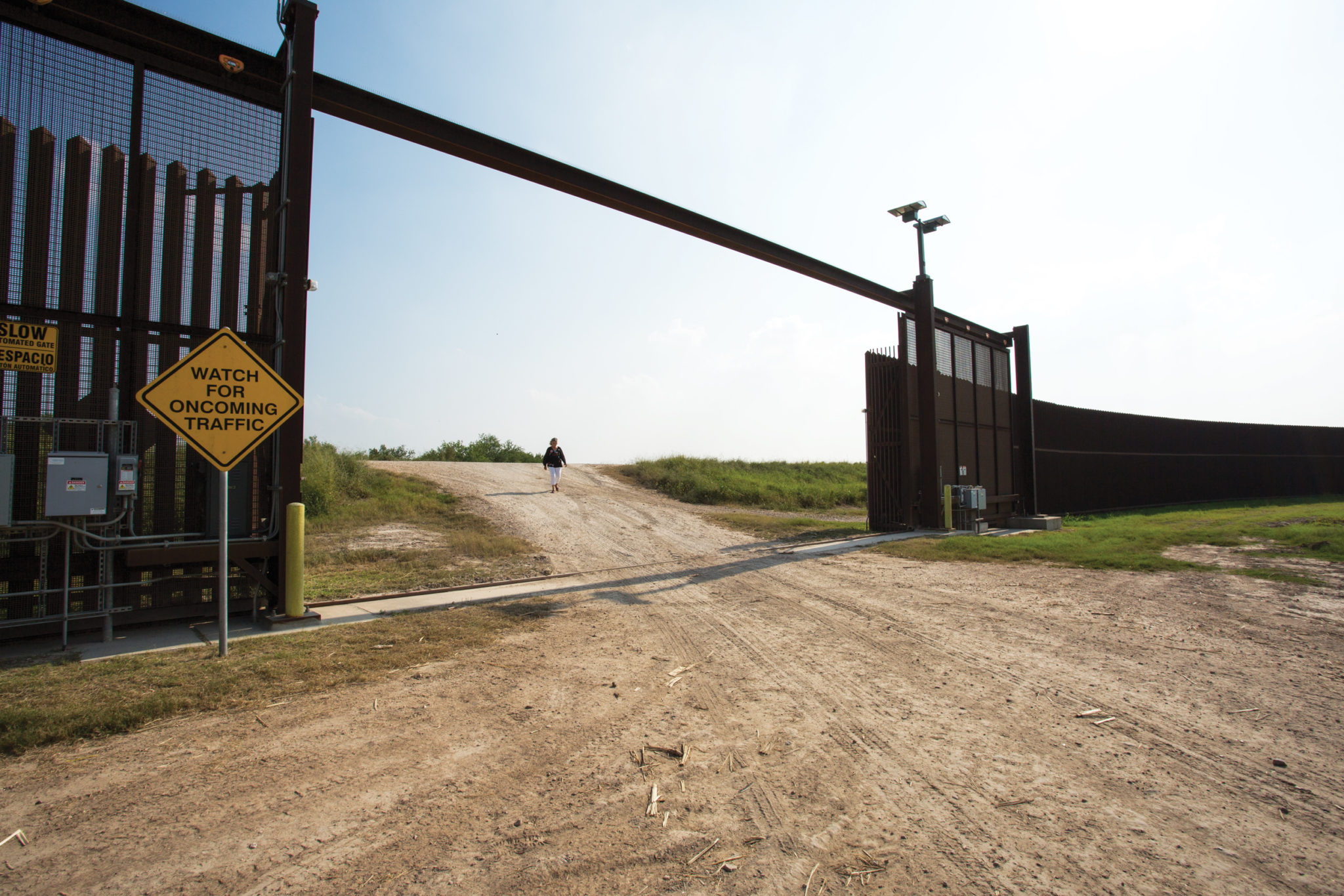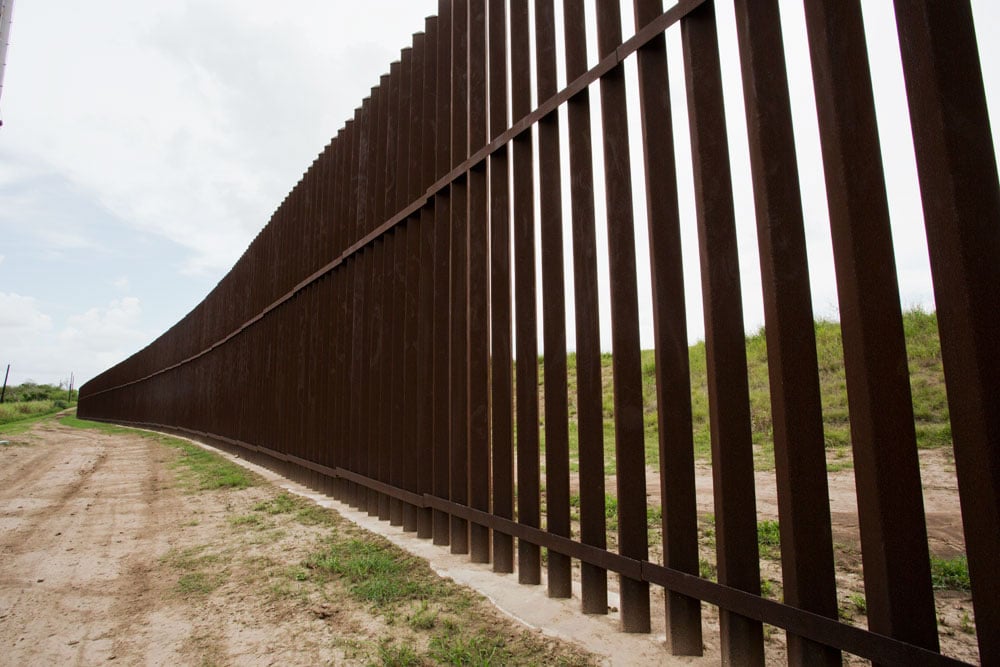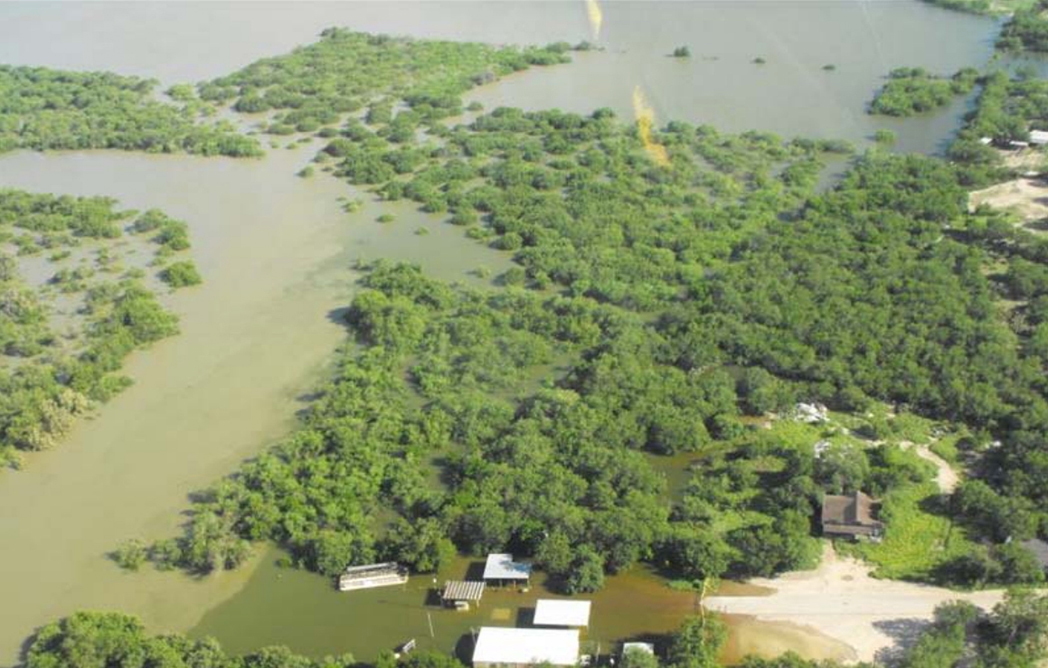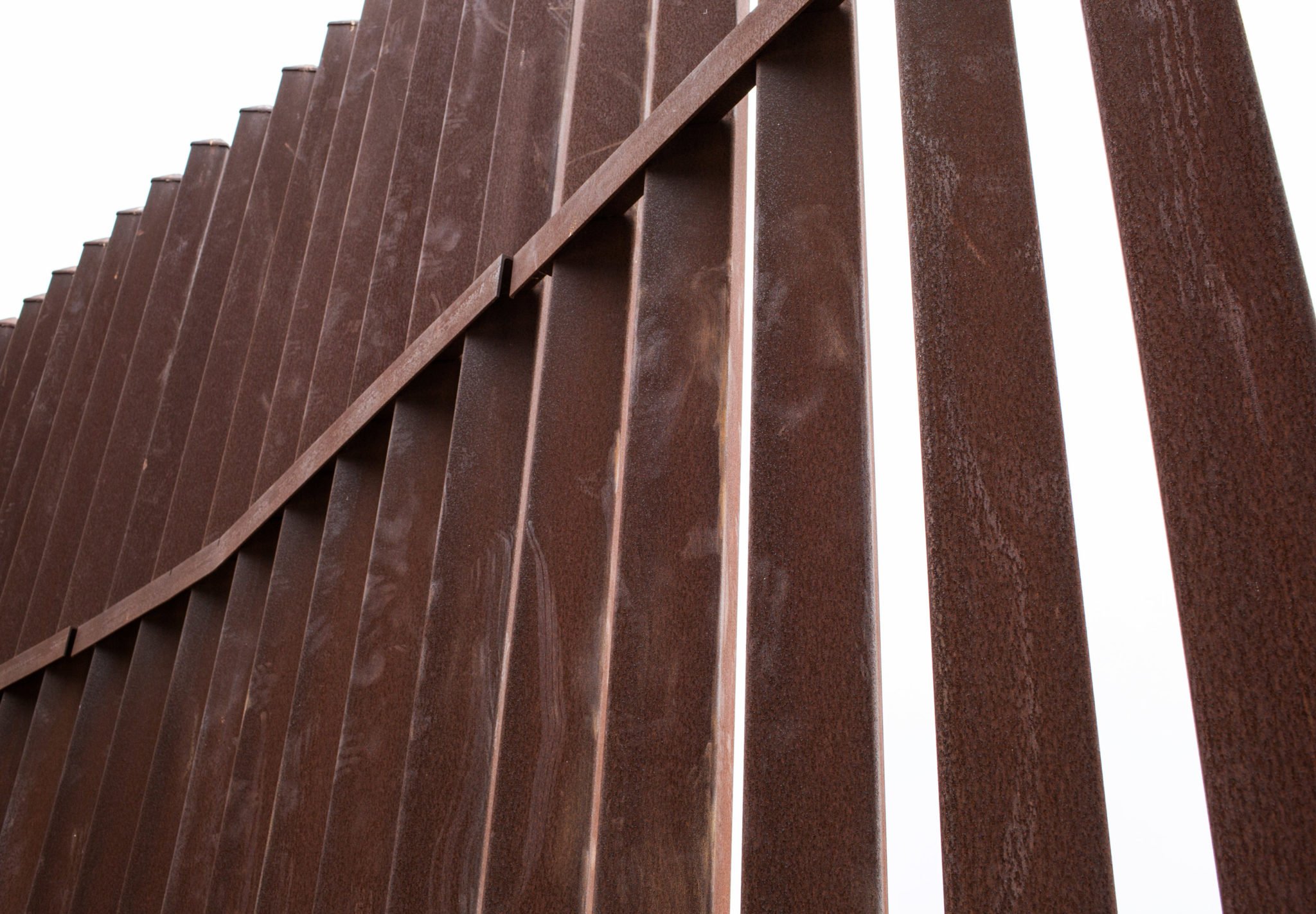
The Trump Administration Blows Its Border Wall Budget in South Texas
A Texas Observer review of federal documents found that Congress gave CBP $445 million to build 25 miles of border wall in Hidalgo County. The money only paid for 13 miles.

Above: In all, Congress has provided Trump with about $3.1 billion for new and replacement wall construction across the U.S.-Mexico border.
The border wall contains multitudes. It’s a monument to racism, a minor inconvenience for would-be border crossers, and a hydrological threat to floodplain communities along the Rio Grande. It’s also a black hole for your tax dollars.
In the South Texas county of Hidalgo, the Observer found in a recent review of wall expenditures, the Trump administration is spending nearly twice as much on a stretch of border barrier as Congress originally provided for the project.
Hidalgo County is the only border region where Customs and Border Protection (CBP) uses a levee-wall design, whereby the agency slices off the southern half of an existing earthen river levee, then replaces it with a concrete wall that it tops with 18-foot steel bollards. It’s a complicated structure, so it makes sense that it would be pricey. A decade ago, when around 20 miles of levee wall were built, the cost was nearly $12 million a mile. In March 2018, Congress provided $445 million for 25 more miles in the county—a price jump to $18 million per mile. But somewhere between March 2018 and February 2019, CBP determined its $445 million could only cover 13 miles of wall in Hidalgo, nearly doubling the price tag to a whopping $34 million a mile.
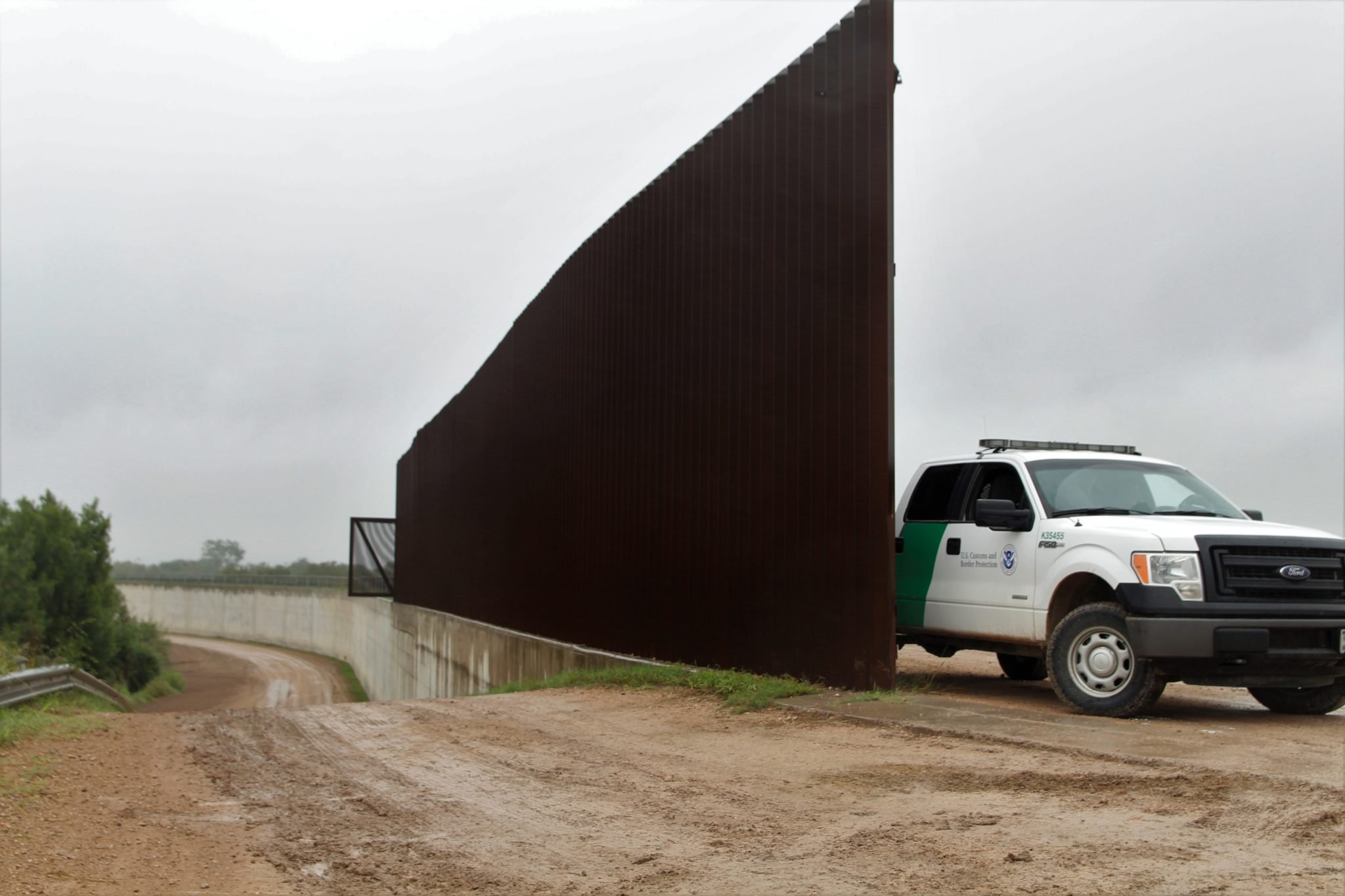
“Trump’s border walls are a bottomless money pit,” said Scott Nicol, a McAllen-based Sierra Club activist and longtime border wall opponent. “Congress needs to take a hard look at Trump’s border wall spending before they even think about giving him another penny.”
In February, Congress gave Trump $1.375 billion in funding for the border wall in the Rio Grande Valley, which includes Hidalgo County. Congress also forbade wall construction at a number of culturally and ecologically sensitive sites in Hidalgo, shaving about a mile off of CBP’s plans. On August 7, CBP announced that it would be using a chunk of its February funding to build the remaining 11 miles in Hidalgo that it was supposed to pay for with its 2018 funding. In effect, Congress had to fund the same stretch of border wall a second time.
The Observer began requesting information about the 2018 wall money in June; after three months, a CBP spokesperson finally acknowledged the price discrepancy. “U.S. Customs and Border Protection’s Fiscal Year 2018 appropriation provided funding for a maximum of 25 miles of new levee wall system in the Rio Grande Valley,” the spokesperson wrote in an email Monday. “With the funding provided, USBP was able to award contracts for approximately 13 miles of new levee wall system in RGV. In the FY 2019 Appropriation, Congress provided funds to complete Border Patrol’s remaining levee wall system requirements in RGV.”
“Trump’s border walls are a bottomless money pit.”
Contrary to the spokesperson’s message, the original funding legislation says the 2018 money was simply for 25 miles of wall, not “a maximum of” 25. CBP has not responded to questions about why the wall project became more expensive.
A spokesperson for the Democrats on the House Appropriations Committee, Evan Hollander, also confirmed that CBP raised its cost per mile between the 2018 and 2019 appropriations and asked Congress for more money to complete the same mileage.

In all, Congress has provided Trump with about $3.1 billion for new and replacement wall construction across the U.S.-Mexico border. In addition, the president has yanked about $6.7 billion in funds from other agencies, including the Department of Defense. No new stretches of wall have been built anywhere yet. Trump is seven months behind schedule on breaking ground in South Texas, but construction is supposed to begin any time now.
For fiscal year 2020, Trump is requesting another $5 billion from Congress. House Democrats have counter-proposed a bill that would instead provide negative $601 million—but the measure will have to be reconciled with the GOP-controlled Senate.
Read more from the Observer:
- Journalists Blocked from Attending Secretive Immigration Tent Courts: Normally, the press can observe immigration court proceedings. But journalists are being turned away from the first asylum hearings in Laredo under the Migrant Protection Protocols.
- Texas Leads in Polling Place Closures Since 2013: 750 polling places in Texas have been shuttered since Shelby v. Holder, the Supreme Court decision that released the state from federal oversight in changing its voter laws and practices.
- Endangered River, Endangered Species: Trump’s border wall could decimate these rare species.
